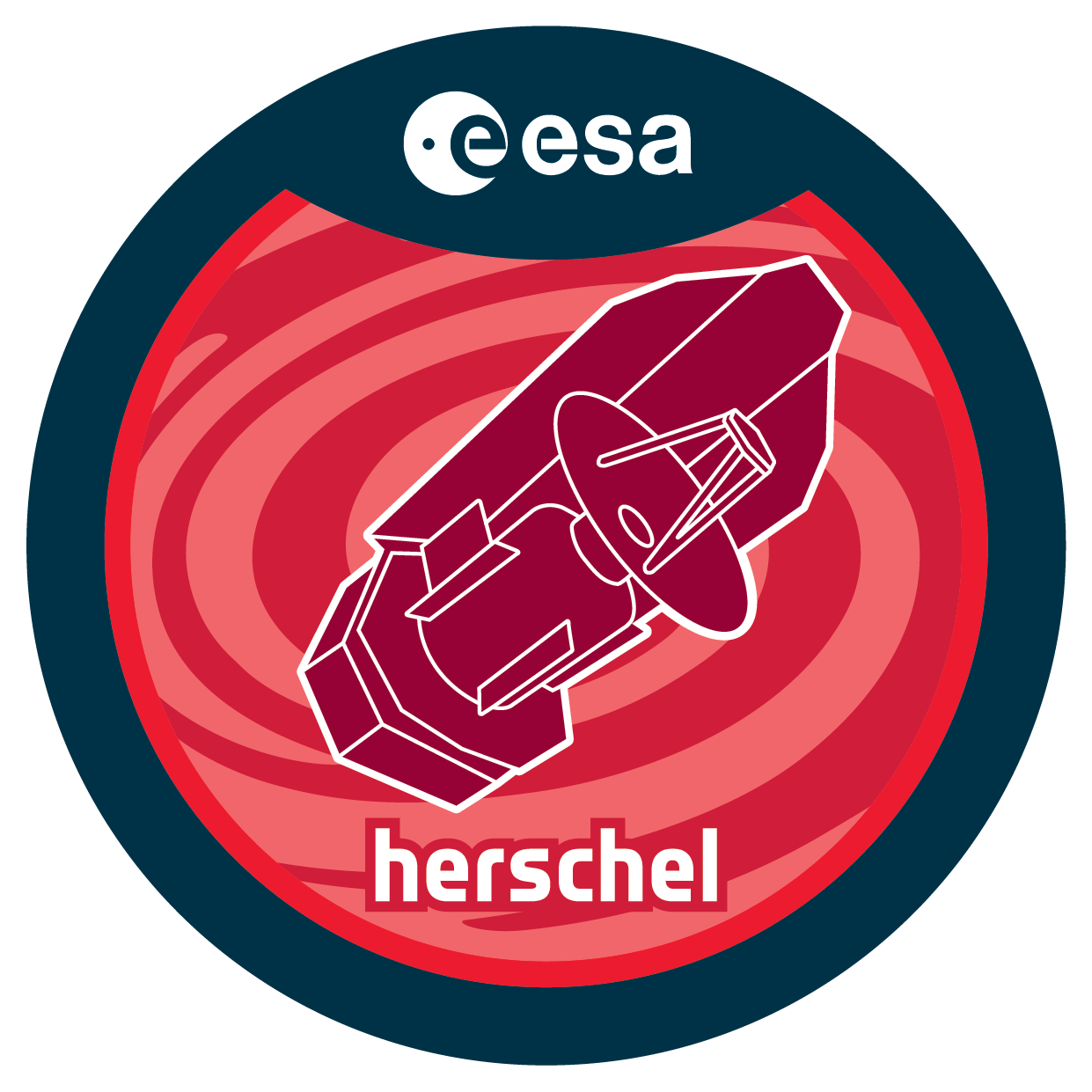

| Name | OT2_philybla_3 |
| Title | First detection of 15NH and the determination of the 14N/15N in the diffuse Interstellar Medium |
| URL | http://archives.esac.esa.int/hsa/whsa-tap-server/data?retrieval_type=OBSERVATION&observation_id=1342253621&instrument_name=HIFI&product_level=LEVEL0&compress=true |
| DOI | https://doi.org/10.5270/esa-k0svmih |
| Author | hily-blant, p. |
| Description | Understanding the origin of the elements in the Solar system is anoutstanding question of modern astrophysics, cosmochemistry, andastrobiology. The origin of nitrogen, though amongst the five to sixmost abundant elements in our local Universe, remains poorlyunderstood. This is due to the lack of observational constraints tonucleosynthesis models. Elemental isotopic ratio is an extremelypowerful tool in this regard. A value of 440 for the 14N/15N ratio hasbeen measured in the protosolar nebula. Similar values have beenobtained in cold dense cores and in molecular clouds. Determinationsof the 14N/15N ratio in the interstellar medium (ISM) are indirect andare based on abundance ratios of N-bearing molecules and their 15Nisotopologues. Hence the interpretation in term of 14N/15N depends onchemical fractionation processes. Chemical models indicate that theseprocesses strongly affect nitriles, and recent observations suggestthat ammonia is probably not a reliable tracer for the 14N/15Nratio. Nonetheless, reliable methods to determine the 14N/15N ratio incold and dense gas seem to emerge. The same is unfortunately not truefor the diffuse ISM where very little is known regarding the nitrogenisotopic ratio, which should be representative of the nucleosynthesisproducts. One measurement in the diffuse interstellar medium (ISM)led to the small value of 240. However, this determination is based onthe nitriles HCN and HC15N, and the translation into 14N/15N isstrongly model-dependent. Chemical considerations show that the NHmolecule is not fractionated in the diffuse gas such that the14NH/15NH abundance ratio is the best proxy for the 14N/15N ratio. TheNH molecule has been detected by Herschel/HIFI in several diffuseclouds and offers a unique opportunity to determine the 14N/15N ratioin the diffuse ISM. The proposed observations aim at the firstdetection of 15NH in the ISM which will allow the first robustdetermination of the 14N/15N isotopic ratio in the diffuse ISM. |
| Publication |
|
| Instrument | HIFI_HifiPoint_dbs |
| Temporal Coverage | 2012-10-17T04:22:05Z/2012-10-24T11:09:20Z |
| Version | SPG v14.1.0 |
| Mission Description | Herschel was launched on 14 May 2009! It is the fourth cornerstone mission in the ESA science programme. With a 3.5 m Cassegrain telescope it is the largest space telescope ever launched. It is performing photometry and spectroscopy in approximately the 55-671 µm range, bridging the gap between earlier infrared space missions and groundbased facilities. |
| Creator Contact | https://support.cosmos.esa.int/h®erschel/ |
| Date Published | 2013-04-24T09:09:03Z |
| Last Update | 2025-01-24 |
| Keywords | Herschel, HSC, submillimetre, far-infrared, HIFI, PACS, SPIRE |
| Publisher And Registrant | European Space Agency |
| Credit Guidelines | European Space Agency, hily-blant et al., 2013, 'First detection of 15NH and the determination of the 14N/15N in the diffuse Interstellar Medium', SPG v14.1.0, European Space Agency, https://doi.org/10.5270/esa-k0svmih |